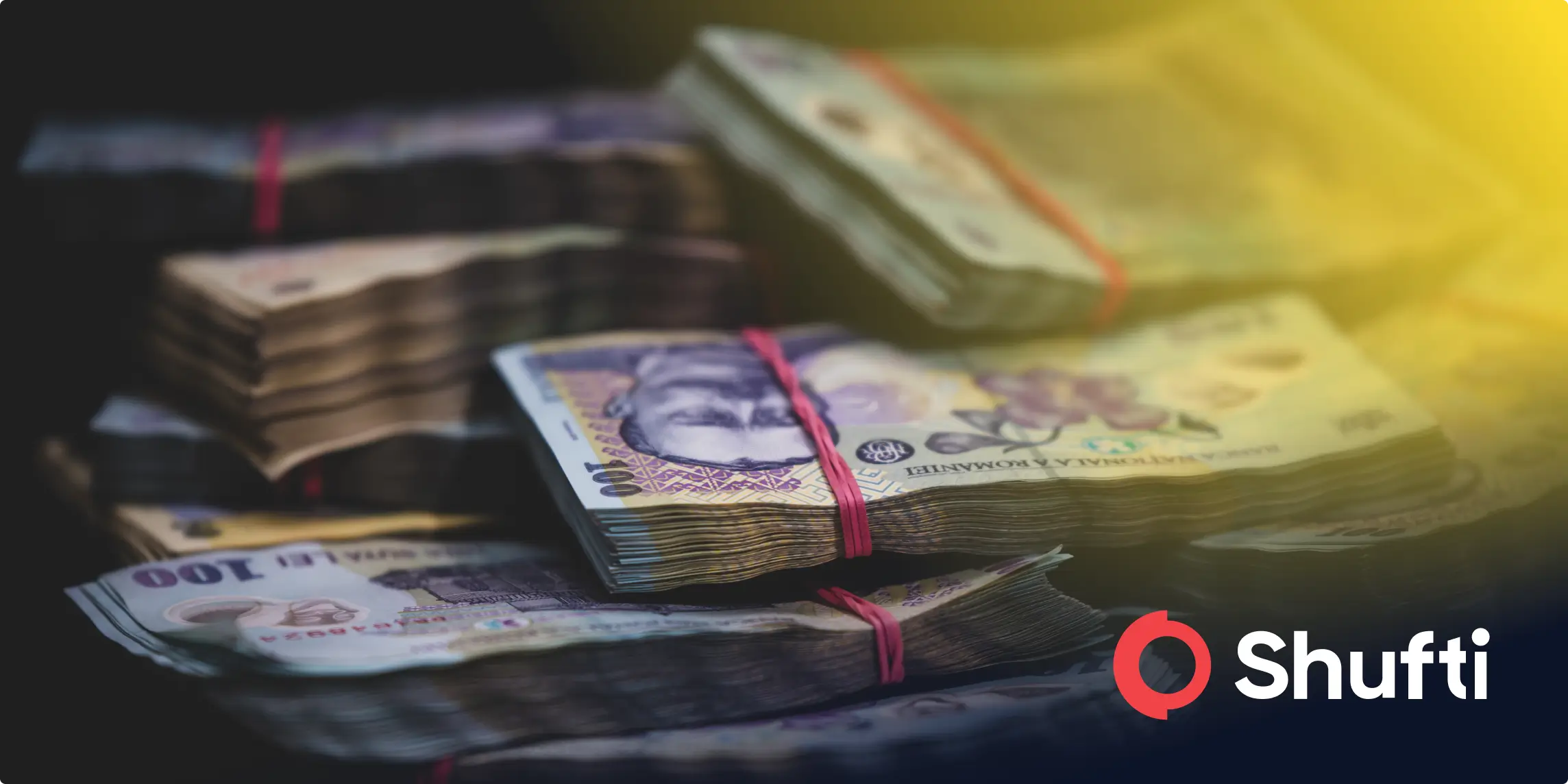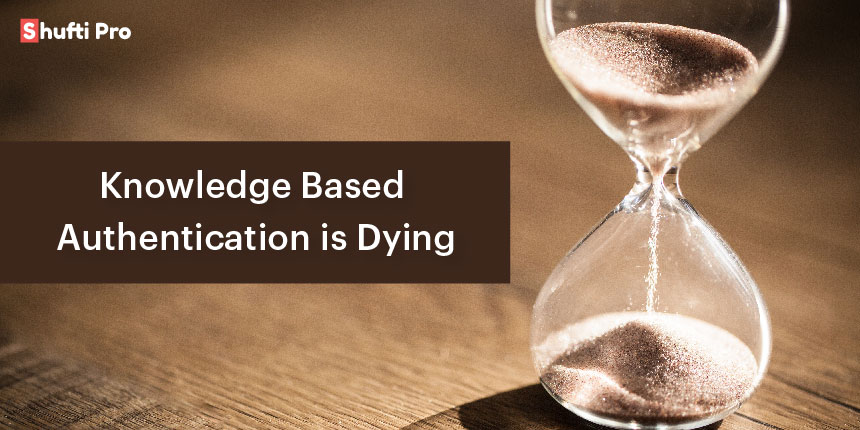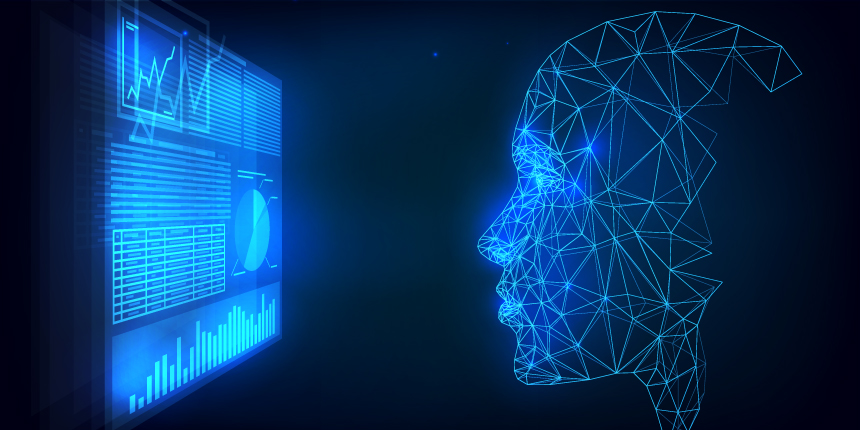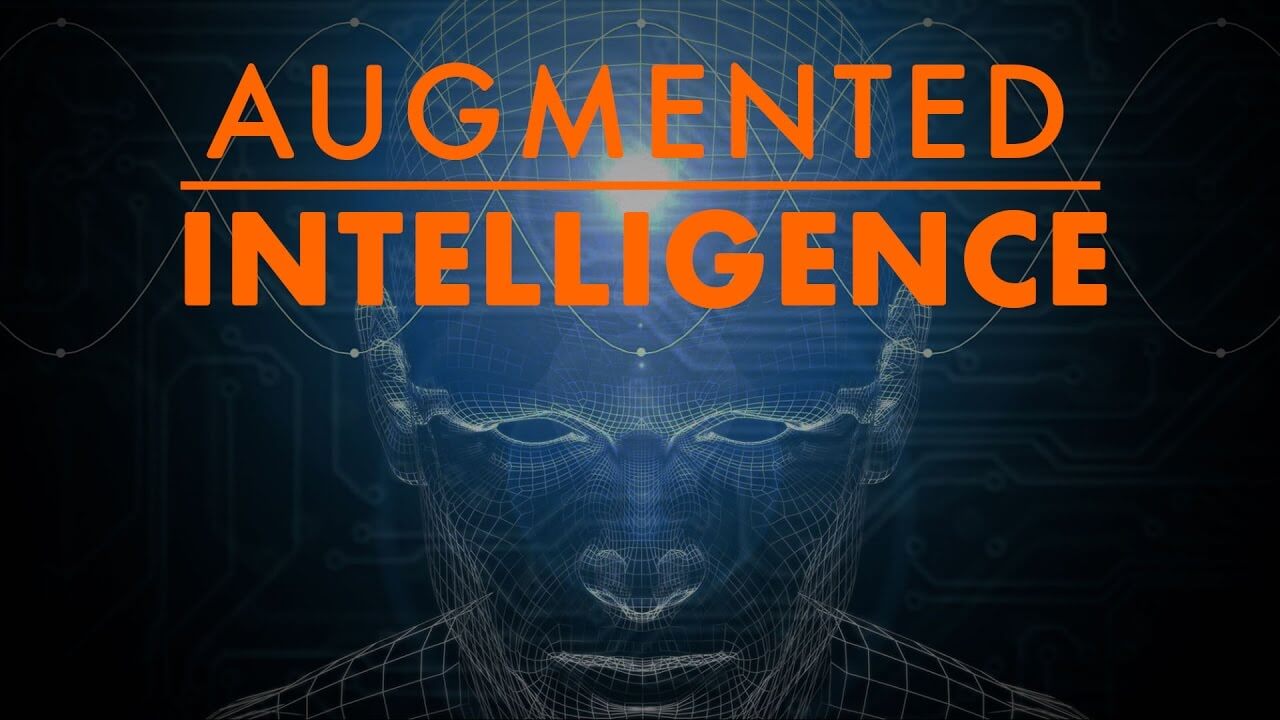What are the 3 Stages of Money Laundering and How Can AML Checks Combat Fraud?

- 01 What is Money Laundering?
- 02 What are the Three Stages of Money Laundering?
- 03 Money laundering is a Serious problem
- 04 The Cost of Money Laundering Businesses Suffer
- 05 Frequently Occurring Money Laundering Techniques
- 06 Detection and Prevention of Money Laundering
- 07 Mitigate Money Laundering Risks with Shufti’s AML Screening Solution
- 08 FAQs
Criminals and organized crime groups have become creative and sophisticated in concealing sources of funds without being suspected by the regulatory authorities. The need to mask illicit gains as legal income has manifested multiple commonalities in the money laundering stages. According to the United Nations Office on Drugs and Crime, around US$800 million and $2 trillion is laundered every single year, which accounts for 2 to 5% of the world’s GDP, and continues to pose a notable risk to businesses, customers, and the legal financial landscape. However, in most countries, money laundering is treated as a severe and punishable crime, leading to imprisonment, hefty fines, sanctions, and reputational damage. For instance, in the US, entities involved in money laundering can face up to 20 years in prison and a fine of up to $500,000.
However, money laundering usually consists of complex shareholding structures and multiple offshore accounts managed by organized crime organizations. Such entities take advantage of vulnerabilities across financial institutions’ security systems, including a lack of in-house KYC/AML measures, non-compliance with regulations, manual transaction monitoring checks, and more.
Money laundering is a complex crime requiring sophisticated measures to neutralize its impact. Shufti has put together this guide to help your business learn more about how this syndicate crime occurs, how it works, and how it can be prevented.
What is Money Laundering?
The most common kind of financial crime impacting the world’s economy, involving the acquisition of illicit funds and their transformation into legal assets or currencies, is called money laundering. The dirty, unlawful earnings are subsequently reintegrated into the financial system for the entity’s benefit through three separate money laundering stages. However, determining the exact scope of a money laundering crime might be challenging due to its complex and tri-layered nature.
Since money laundering can be directly or indirectly linked to terrorism financing and other organized crimes, global anti-money laundering authorities like the Financial Action Task Force (FATF), Financial Conduct Authority (FCA), Hong Kong Monetary Authority (HKMA), and the Australian Transaction Report and Analysis Center (AUSTRAC), etc are concerned with both the source of funds and destination. Due to these reasons, AML compliance requirements periodically evolve and are updated to limit the risk of money laundering while keeping criminals at bay.
However, as the world is getting digitized, technology is advancing, and the methods used by money launderers, stages of money laundering, and the complexity of financial transactions are increasingly becoming sophisticated.
What are the Three Stages of Money Laundering?
Money launderers undergo three stages to wash illicit gains and convert them into legitimate funds. To help your business understand how money laundering works, each phase is explained below:
Stage 1: Placement in Money Laundering
Placement in money laundering is the first stage where illicitly earned funds are introduced into the legal financial system. The aim is to filter dirty money into the legal framework so the original source can be disguised. This is frequently done by turning large transactions into small sums, which makes it more complex to detect and can easily evade financial firms’ threshold checks. Money is directly placed into a bank account or used to buy financial instruments, e.g., checks. Additionally, the dirty money can be placed into businesses such as casinos, real estate, and gaming platforms, where it’s extremely simple to hide the source of funds.
Strategies may include:
- Disguised Deposits: Money launderers deposit money into single or multiple accounts over a short period, intending to manipulate the financial firm to hide the true origin of the money. This is usually done by breaking the amount into tiny portions and depositing them into multiple accounts. However, the funds are transferred into the criminal’s personally owned accounts.
- Blending of Funds: Fraudsters blend illicit gains with legitimate money, intending to make it challenging for financial institutions to decipher the difference. This is achieved by funneling ill-gotten money into cash-flowing businesses.
- Cash Smuggling: In this money laundering scheme, criminals move funds physically across borders, muling money internationally. Finances are then funneled into the foreign financial systems and transferred back to previously owned accounts.
- Foreign Exchange: Organized crime groups buy or trade foreign currencies using dirty money. This is mainly carried out in countries or jurisdictions with weak anti-money laundering controls, where financial regulations can be exploited easily.
- Using Financial Instruments: Criminals purchase travelers’ checks, money orders, and financial bonds using illicit gains while cashing these financial products back into other accounts, adding an extra layer of financial history to obscure the origin of money.
Stage 2: Layering in Money Laundering
Layering in money laundering is the phase where criminals structure and move funds through multiple transactions and accounts to obscure the origin of illicit earnings. The key objective of layering is to manipulate the true sources of funds and make it difficult for banks or regulatory authorities to determine the authenticity of the money. Once this phase is completed, the illicit money gets a legitimate history, presenting it as white money.
Layering is often done by conducting multiple transactions, purchases, and transfers of assets. However, criminals use sophisticated approaches to layer the illicit funds by purchasing financial products, investing in securities, buying offshore properties and online assets, and then converting them back to money in their accounts.
Stage 3: Integration in Money Laundering
Integration in money laundering is the final stage where illicit funds re-enter the economy, appearing legitimate. After passing through placement and layering, the cleansed money is transferred back into the launderers’ local bank accounts or invested in assets and businesses, allowing them to spend or use the funds without arousing suspicion. This stage also lends an array of small transactions, like the layering and placement phases. The criminals may invest in luxurious items, real estate, or exotic cars to use the dirty money to make purchases without getting under regulatory watch. However, in many scenarios, fraudsters accept a slight loss on the original value as the cost of cleaning the dirty money placed in the legal stem in the first stage.
Money laundering is a Serious problem
Given the increase in money laundering crime cases, regulatory authorities’ prime target is to enact anti-money laundering regulations. The Financial Action Task Force was among the bodies developed to fight this evil crime. Money laundering is a serious problem worldwide because of the movement and cleaning of dirty money into legitimate funds, allowing organized crime groups or individuals to spend illegal money in legal ways. The clean money gained from the three stages of money laundering is virtually indistinguishable from actual clean money and empowers fraudsters to carry out criminal activities undetected. However, today’s evolving technologies and the extent of globalization of the financial landscape, with each country having its own set of anti-money laundering obligations, also challenge agencies enforcing money laundering laws.
The Cost of Money Laundering Businesses Suffer
While the cost associated with the money laundering crime is significant, perhaps the most adverse outcome of money laundering is the reputational damage and regulatory sanctions. For instance, if a bank is found to be part of an organized crime due to a lack of a legal framework and non-compliance with regulatory standards, it can experience sanctions, fines, and even boycotts.
On a macroeconomic scale, the Financial Action Task Force (FATF) explains how money laundering tends to create “inexplicable changes in money demand, prudential risks to bank soundness, contamination effects on legal, financial transactions, and increased volatility of international capital flows and exchange rates due to unanticipated cross-border asset transfers.”
However, banks, individuals, or business entities that voluntarily or unknowingly participate in money laundering activities are somehow part of organized crime groups. If a company is alleged to have links with such organizations, they are most likely to draw the attention of regulatory authorities, as well as administrative or financial sanctions. What’s the worst-case scenario of getting involved in a syndicate crime? Failure to detect and deter money laundering activities can result in imprisonment and reputational damage.
Frequently Occurring Money Laundering Techniques
In today’s financial ecosystem, criminals employ various money laundering schemes and tricks to achieve their illicit goals, often emerging with innovations in their methods in response to evolving regulations and transaction monitoring solutions. Money laundering techniques exploit loopholes in the financial firms’ security systems and conceal the source of dirty money. Some of the most common methods are discussed below:
Cash Smuggling
In this money laundering scheme, organized crime groups physically move illicit gains across international borders, often depositing funds in offshore banks or investing in assets that are less likely to be scrutinized by regulatory authorities. By undergoing cash smuggling, money launderers easily evade anti-money laundering checks in their home countries – making it complex for financial watchdogs and banks to determine the source of earnings.
Shell Companies
Shell companies are non-operational companies that are created explicitly by criminals to disguise the real ownership of assets and streamline money laundering transactions. In 90% of cases, these companies don’t have a physical presence or employees and are just present in papers, a perfect way of hiding individuals’ identities and organizations behind the syndicate crime.
Real Estate
Real estate is one of the most lucrative sectors exposed to money laundering crimes. Property investments offer criminals an easy way of laundering illicit gains, as they provide an easy way to integrate black money and then convert it into legitimate funds later by selling it for a profit, ultimately reintegrating illicitly washed money into the legal, financial system.
Detection and Prevention of Money Laundering
A rigid anti-money laundering program must be in place to safeguard your business from sanctions, hefty non-compliance fines, and reputational damages. It should help companies detect money laundering signs, assess risk levels, and report to local financial investigation units. A state-of-the-art AML control system must include:
- Customer Due Diligence (CDD): Before onboarding customers or allowing them to make transactions, businesses must have customer due diligence checks in place that empower them to gather personally identifiable information that is used to authenticate their identities and assess whether they pose money laundering risk.
- Enhanced Due Diligence (EDD): If a customer is determined to be a high-risk entity, businesses need to have EDD checks that help them go one step ahead of gathering information other than that acquired in the CDD stage. One essential component of EDD is determining the source of funds, ensuring that the transactions are not coming from dirty money.
- Ongoing Customer Monitoring: This adds another layer of money laundering risk management as it involves ongoing due diligence that ensures that customers don’t expose businesses to crime risks.
- Independent AML Audits: This allows companies to determine the shortcomings in their AML checks and helps them improve compliance efforts to combat money laundering activities effectively.
- Transaction Monitoring: Ongoing money laundering detection process helps businesses detect suspicious transaction patterns. A robust transaction monitoring solution can spot bogus transactions while reviewing dubious digital or fiat payments.
Mitigate Money Laundering Risks with Shufti’s AML Screening Solution
By leveraging predictive analysis, machine learning capabilities, and artificial intelligence algorithms, industry-grade AML screening services can empower businesses to detect money laundering patterns and prevent financial institutions from becoming money mules. While not all money laundering cases involve all three stages, they could be a combination of one or two processes repeated multiple times. This requires flexible AML checks that are backed by transaction monitoring systems, helping compliance teams to effectively fight fraud.
Shufti, a pioneer in providing AML screening solutions, enables companies across 240+ countries and territories to swiftly identify Politically Exposed Persons and sanctioned entities while preventing them from integrating illicit gains into the legal financial system. Our solution has access to 1700+ watchlists, leaving no chance of getting a criminal onboard. Our latest upgrades in the AML suite allow businesses to screen hundreds of customers at once while monitoring customers’ activities periodically.
Want to fight money laundering risk and ensure AML compliance? Book a demo today.
FAQs
What is Money Laundering?
Money laundering is a serious financial crime that involves the illicit movement of dirty money through legal financial systems by undergoing multiple transactions. The process of acquiring black money and then washing it to make legal assets usually involves three stages.
What are the 3 Phases of Money Laundering?
Money laundering is a complex process; however, there are three stages: placement, layering, and integration, through which criminals clean their illicit gains while manipulating financial institutions.
What are the Most Common Methods Used to Launder Money?
Among tens of hundreds of ways of laundering money, smurfing, money muling, shell companies, and real estate investment are commonly used techniques to launder money.
What are the 4 Stages of Money Laundering?
Money laundering is a severe crime worldwide and is carried out by undergoing 4 stages, including:
- Placement: Illicit funds are introduced into the legal financial system.
- Layering: To disguise the nature of transactions by concealing the source of funds.
- Integration (Justification): To create a clean financial history of the proceeds of crimes.
- Integration (Investment): To use laundered money for personal interest.









